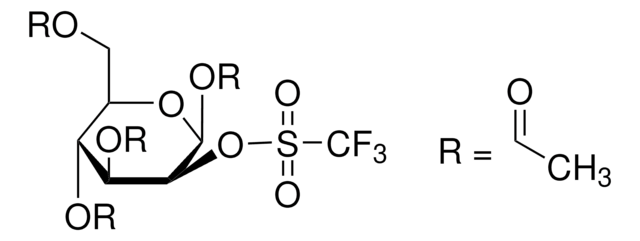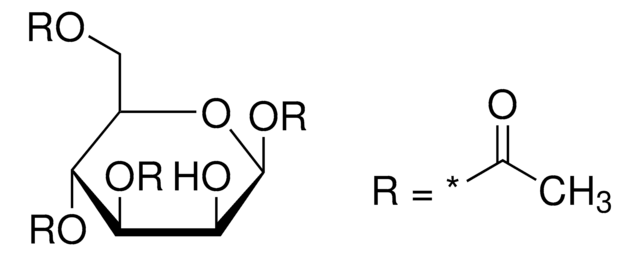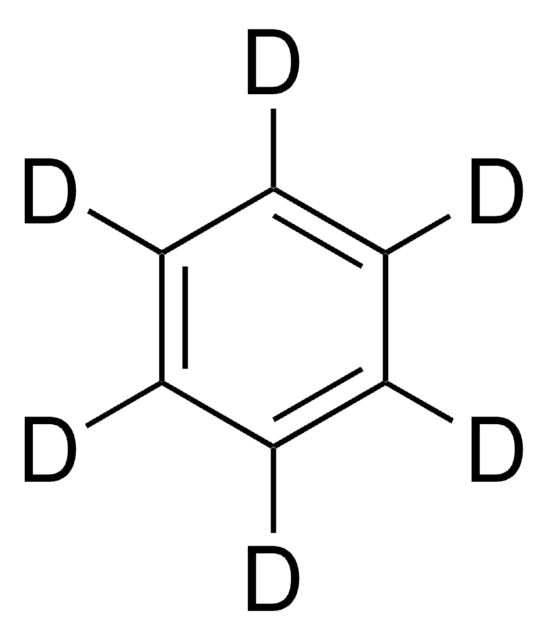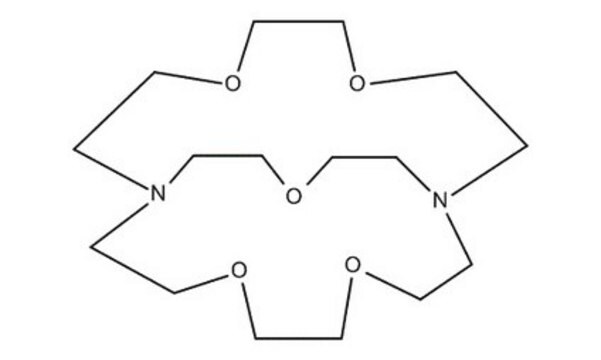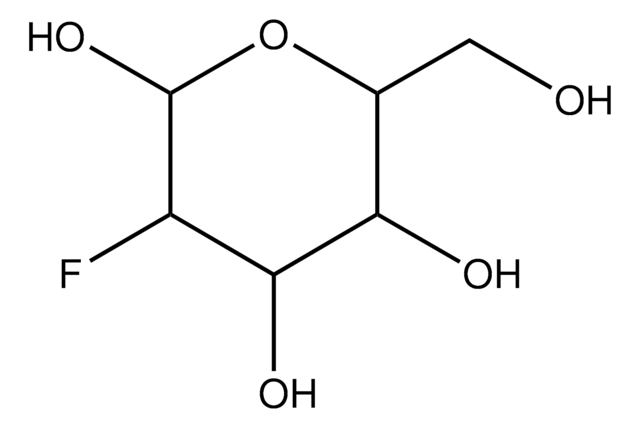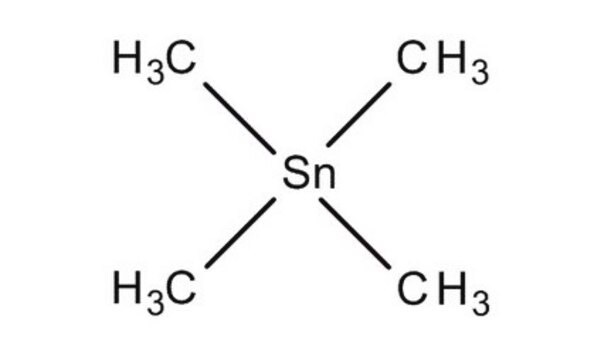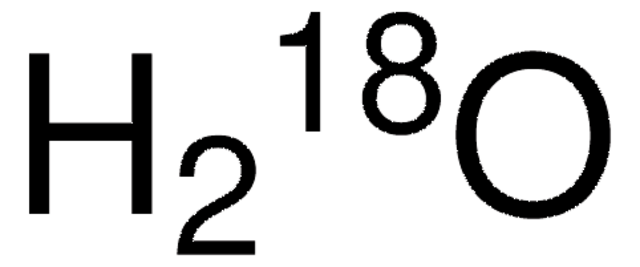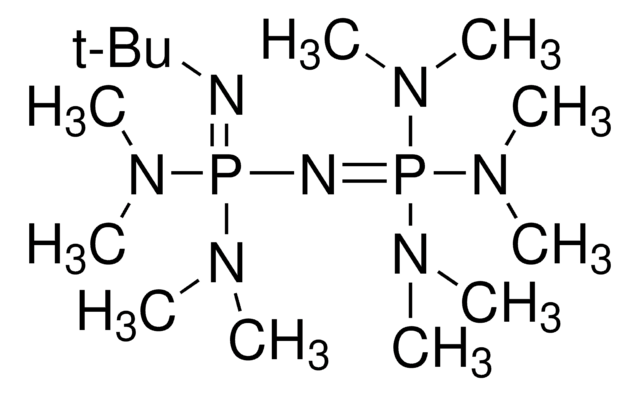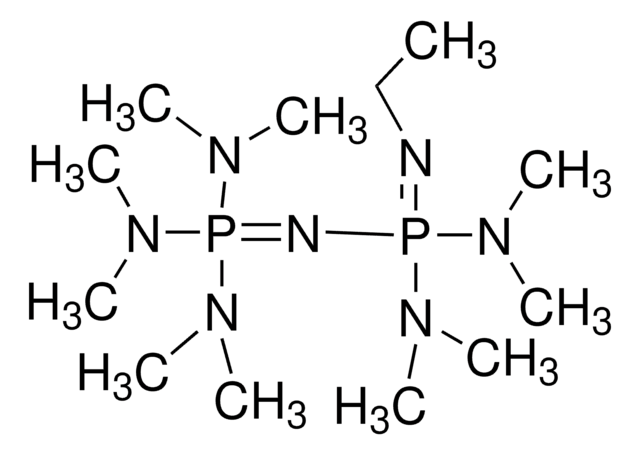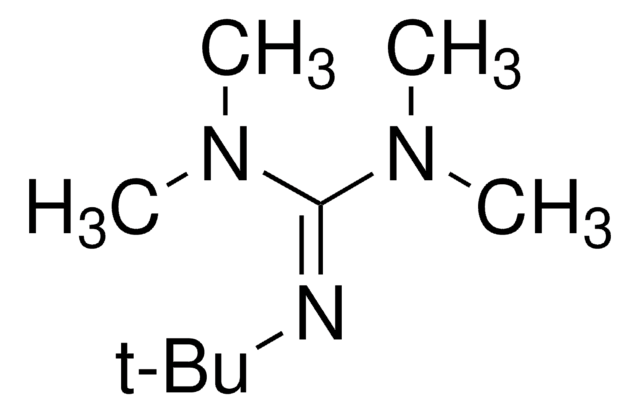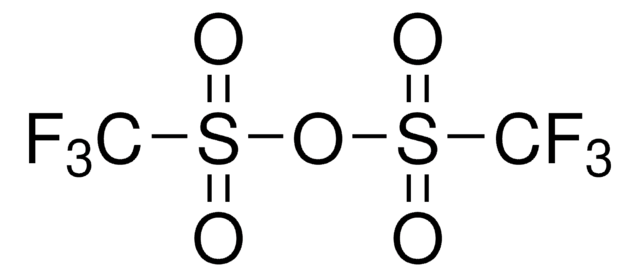Wichtige Dokumente
M1568
Mannose-Triflat
For PET imaging, ≥98% (TLC)
Synonym(e):
1,3,4,6-Tetra-O-acetyl-2-O-trifluormethansulfonyl-β-D-mannopyranose, β-D-Mannopyranose 1,3,4,6-tetra-O-acetat 2-O-Trifluormethansulfonat, Mannosetriflat, TATM
About This Item
Empfohlene Produkte
Assay
≥98% (TLC)
Form
powder
Methode(n)
PET imaging: suitable
Versandbedingung
dry ice
Lagertemp.
−20°C
SMILES String
CC(=O)OC[C@H]1O[C@@H](OC(C)=O)[C@@H](OS(=O)(=O)C(F)(F)F)[C@@H](OC(C)=O)[C@@H]1OC(C)=O
InChI
1S/C15H19F3O12S/c1-6(19)25-5-10-11(26-7(2)20)12(27-8(3)21)13(14(29-10)28-9(4)22)30-31(23,24)15(16,17)18/h10-14H,5H2,1-4H3/t10-,11-,12+,13+,14-/m1/s1
InChIKey
OIBDVHSTOUGZTJ-PEBLQZBPSA-N
Suchen Sie nach ähnlichen Produkten? Aufrufen Leitfaden zum Produktvergleich
Verwandte Kategorien
Allgemeine Beschreibung
Anwendung
Sonstige Hinweise
Anwendung
Lagerklassenschlüssel
11 - Combustible Solids
WGK
WGK 3
Flammpunkt (°F)
Not applicable
Flammpunkt (°C)
Not applicable
Persönliche Schutzausrüstung
Eyeshields, Gloves, type N95 (US)
Hier finden Sie alle aktuellen Versionen:
Analysenzertifikate (COA)
Die passende Version wird nicht angezeigt?
Wenn Sie eine bestimmte Version benötigen, können Sie anhand der Lot- oder Chargennummer nach einem spezifischen Zertifikat suchen.
Besitzen Sie dieses Produkt bereits?
In der Dokumentenbibliothek finden Sie die Dokumentation zu den Produkten, die Sie kürzlich erworben haben.
Kunden haben sich ebenfalls angesehen
Verwandter Inhalt
Labeled isotopes used as target materials in imaging have provided insights into the various mechanisms of human physiology and have lead to treatments for diseases. Water-18O is used for the production of 18F radionuclides, such as 18FDG (Fluoro-deoxyglucose). 18FDG used in PET and with other imaging technologies, such as CT/SPECT, has led to the diagnosis and treatment of a wide range of diseases, including lung, liver, and brain tumors, epilepsy, and Alzheimer’s.
Unser Team von Wissenschaftlern verfügt über Erfahrung in allen Forschungsbereichen einschließlich Life Science, Materialwissenschaften, chemischer Synthese, Chromatographie, Analytik und vielen mehr..
Setzen Sie sich mit dem technischen Dienst in Verbindung.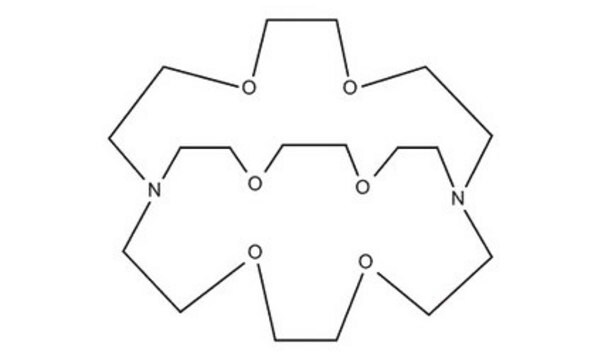
![4,7,13,16,21,24-Hexaoxa-1,10-diazabicyclo[8.8.8]hexacosan 98%](/deepweb/assets/sigmaaldrich/product/structures/189/812/8a6555e5-8de6-4236-865f-19339cee3634/640/8a6555e5-8de6-4236-865f-19339cee3634.png)
